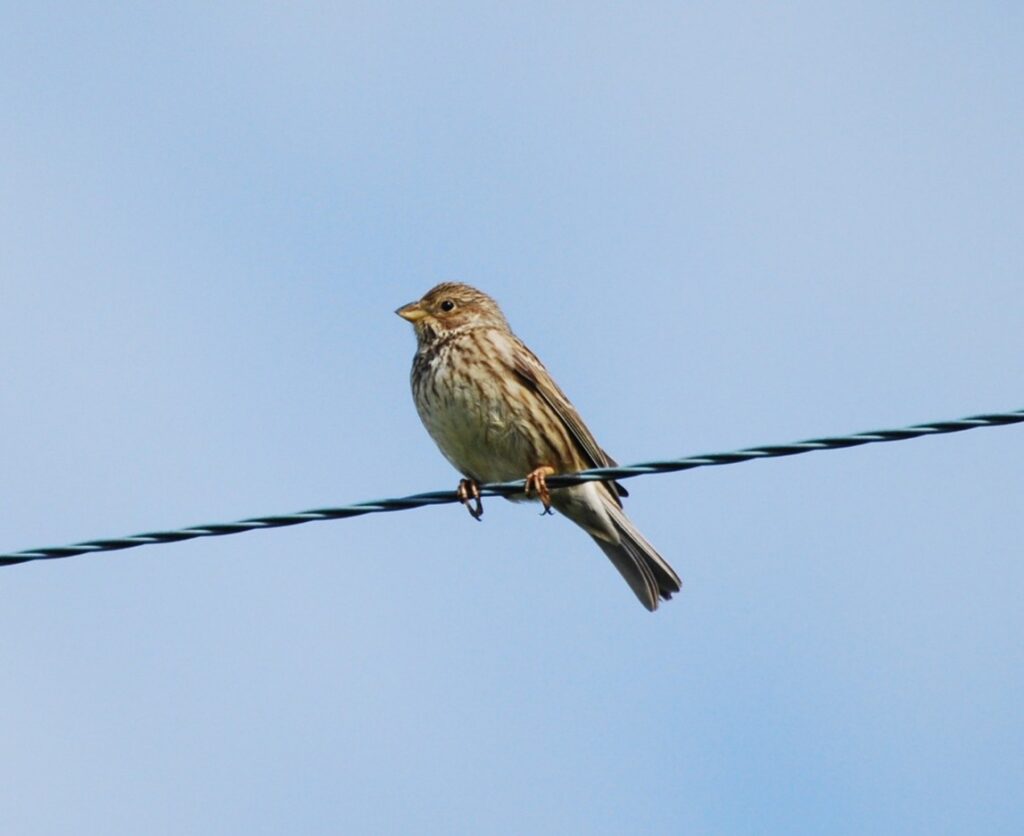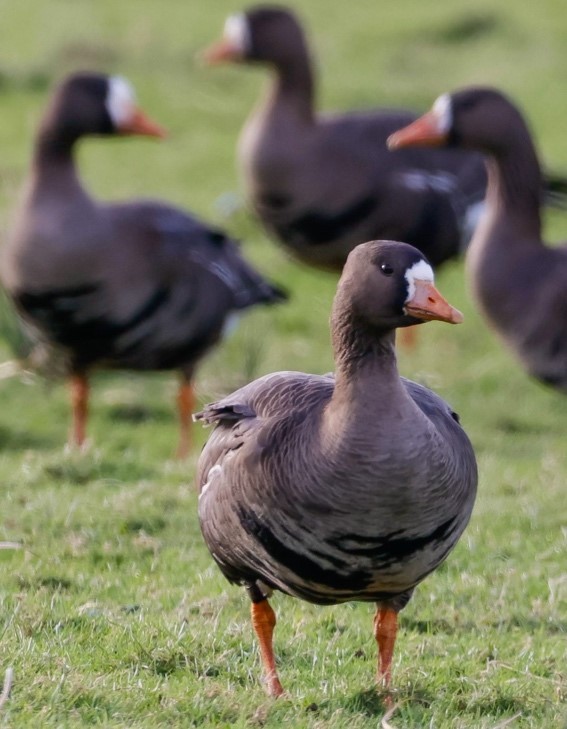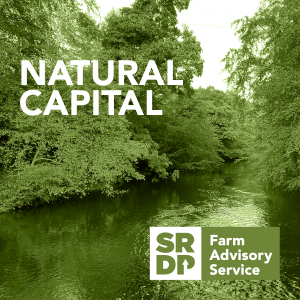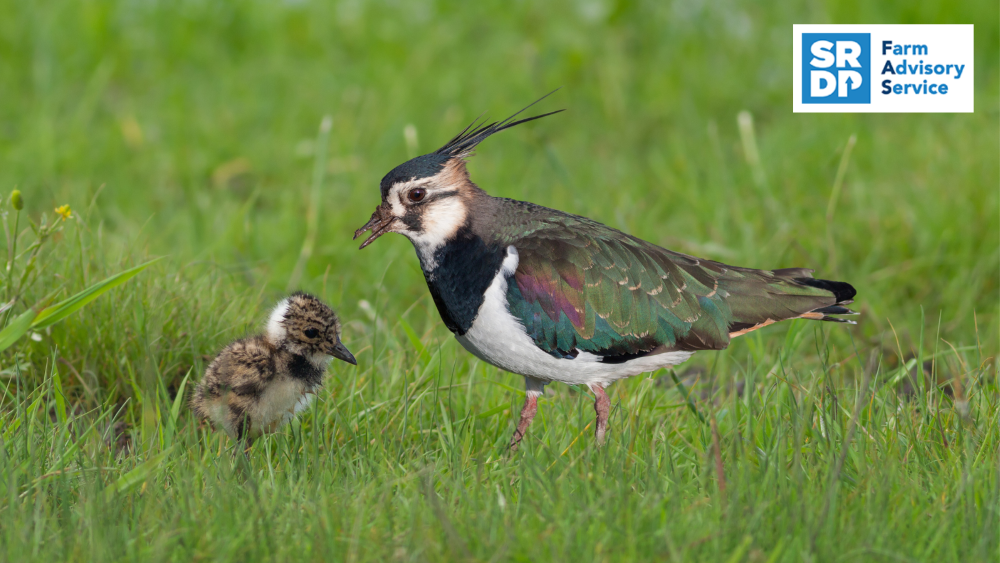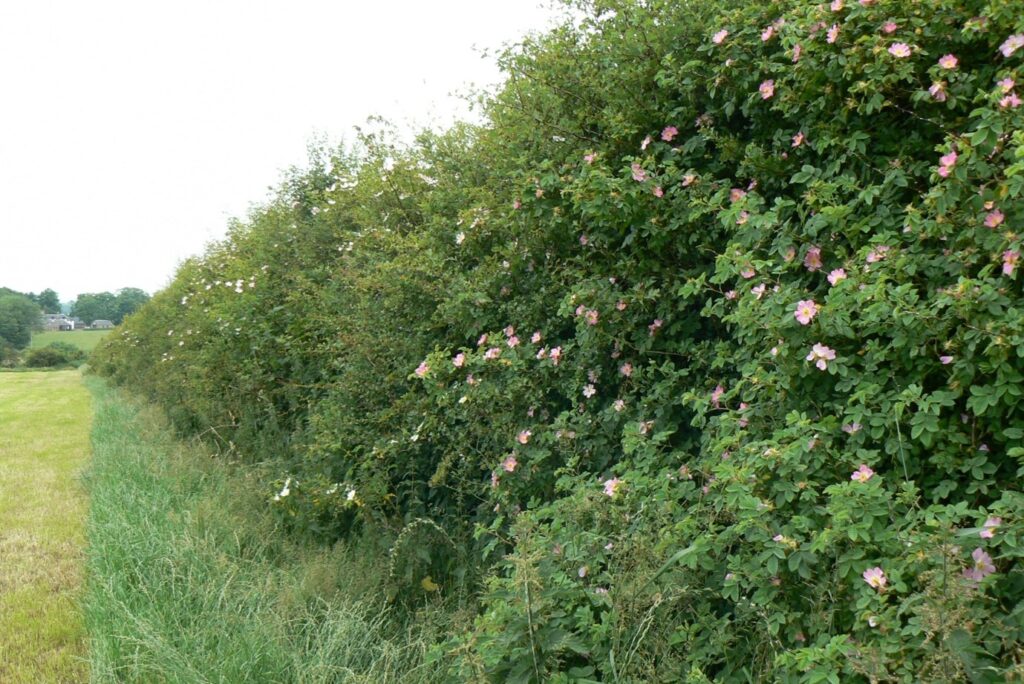Biodiversity
Conserving the Corn Bunting in Scotland
Biodiversity conservation is often more effective when implemented across larger areas than a single farm. Collaboration within farmer clusters and with other stakeholders enables farmers to implement measures to enhance biodiversity at a landscape-scale. It can also help foster a sense of community and shared responsibility for the environment. A multi-year period of partnership working…
Thermal Imaging for Biodiversity Monitoring and Land Management
Thermal imaging is a non-invasive technology that uses special cameras to detect the infra-red heat given off by objects. Originally developed for the military, the technology has since been adapted for civilian use, particularly hunting, buildings diagnostics (detecting heat loss) and, in recent years, wildlife observation. This article considers some of the reasons why thermal…
Bio-acoustic Monitoring Solutions for Land Managers
Bio-acoustic monitoring is the recording and automated identification of animal calls (most commonly birds or bats but can also include insects and frogs) to provide information on the species using a particular area of land. This article will take you through the reasons why you might want to set up monitoring on your own land,…
The Oa Greenland White-Fronted Goose Landscape-Scale Conservation Partnership
Biodiversity conservation is often more effective when implemented across larger areas than a single farm. Collaboration within farmer clusters enables farmers to pool resources, share knowledge, and coordinate actions to enhance biodiversity at a landscape-scale. It can also help foster a sense of community and shared responsibility for the environment. This is particularly important when…
Natural Capital – NatureMetrics: eDNA
Measuring and accounting for biodiversity across farmlands is becoming increasingly important. Environmental DNA (eDNA) involves collecting genetic material from environmental samples like water and soil to detect what species are present. It is a tool that is growing in popularity, that can give insights into the range and distribution of species found across a landscape,…
Biodiversity Audit Meetings 2025
Biodiversity Audit Meetings 2025 Distinct from our FAS Farm Wildlife Walks, these sessions are focused specifically on helping you complete the biodiversity section of your Whole Farm Plan. Land managers now need to undertake two out of five potential audits, with all five audits necessary by 2028. Biodiversity audits have the advantage of being something…
Funding to Support Spring Biodiversity on your Farm
Ground-nesting birds have begun their breeding season across woodlands, moorlands, grasslands and wetlands. These habitats are invaluable for biodiversity and can provide benefits to farmers and crofters who preserve them. By encouraging biodiversity, you maintain the network of habitats, species, and ecosystems necessary to support human life—our oxygen, water, food, and health. You can also…
Farm Wildlife Walks 2025
Farm Wildlife Walks 2025 Farm Wildlife Walks is back and coming to a location near you! 2024 saw the biggest year ever in the Farm Wildlife Walks series with a total of nine meetings across the country and this year we are back and bigger than ever, with ten meetings throughout summer and autumn. For…
Biodiversity: Why is habitat connectivity important?
Scottish farmland supports a wide array of semi-natural habitats for wildlife, including hedgerows, water margins and woodlands. These features can also provide ecological stepping stones and corridors, enhancing habitat connectivity. This connectivity helps species move through our countryside, allowing them to escape harm or find the right mix of resources to survive and thrive. What…
Agribusiness News November 2024: Management Matters – Biodiversity and the Whole Farm Plan
Biodiversity and the Whole Farm Plan The term biodiversity has been creeping around the farming industry for some time now and many have already engaged through options such as Agri environment schemes. Now we are starting to see it become more mainstream as it is brought into Basic Payment Scheme (BPS) requirements through Whole Farm…

